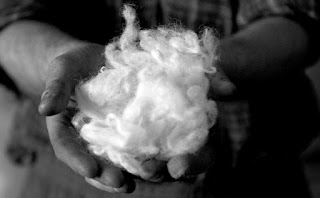This weeks blog we look at taking a personal responsbility for everything that passes through your hands, rather than thinking someone else will sort the problem. This is known as product stewardship.
The best way to explain this concept is by sharing some examples:
- Where it came from - both the bottle and the water?
- What is the end of life for that bottle, even if I put it in the right bin (for example - these bottles are usually downcycled, so recycling occurs but into products of lower and lower quality as the chemical bonds break over time before eventually ending in landfill)?
- Do I really need to buy it?
- If I do buy it how am I going to make sure that bottle gets reused as much as possible and then placed in the correct receptacle for recycling?
Do we really need to replace it - nearly all older TVs can get digital with with purchase of a digital aerial. Much money and resources can be saved by sticking with your older TV
- If you have an old unused working TV before you take it for disposal, consider whether it might be useful to someone else to use.
- If you do have an old TV to dispose of, these can be recycled - take responsibility for taking it to a recycling facility that can deal with it.
- There is often a charge for this service - pay the small charge (up to around $20), rather than dumping it in landfill and it leaching toxic chemicals that will affect the future of our children and grandchildren. This is part of product stewardship
We nearly all own cars, fill them with petrol and drive. As well as selection of car model, part of product stewardship with these is making sure we care for them well to maximise their life and fuel efficiency and drive efficiently to maximise the number of kilometres we get out of the tank of fuel.
This includes:
- maintenance of tyre pressure
- regular servicing
- smooth driving and keeping speed lower especially on the open road.
- avoiding short trips if possible.
You should ask questions about every product that is going to pass through your hands and make sure that when you decide to allow it into your hands that you now have a responsibility that when it is time to leave your hands that every though is going to where it will end up and making sure you choose the best option.












